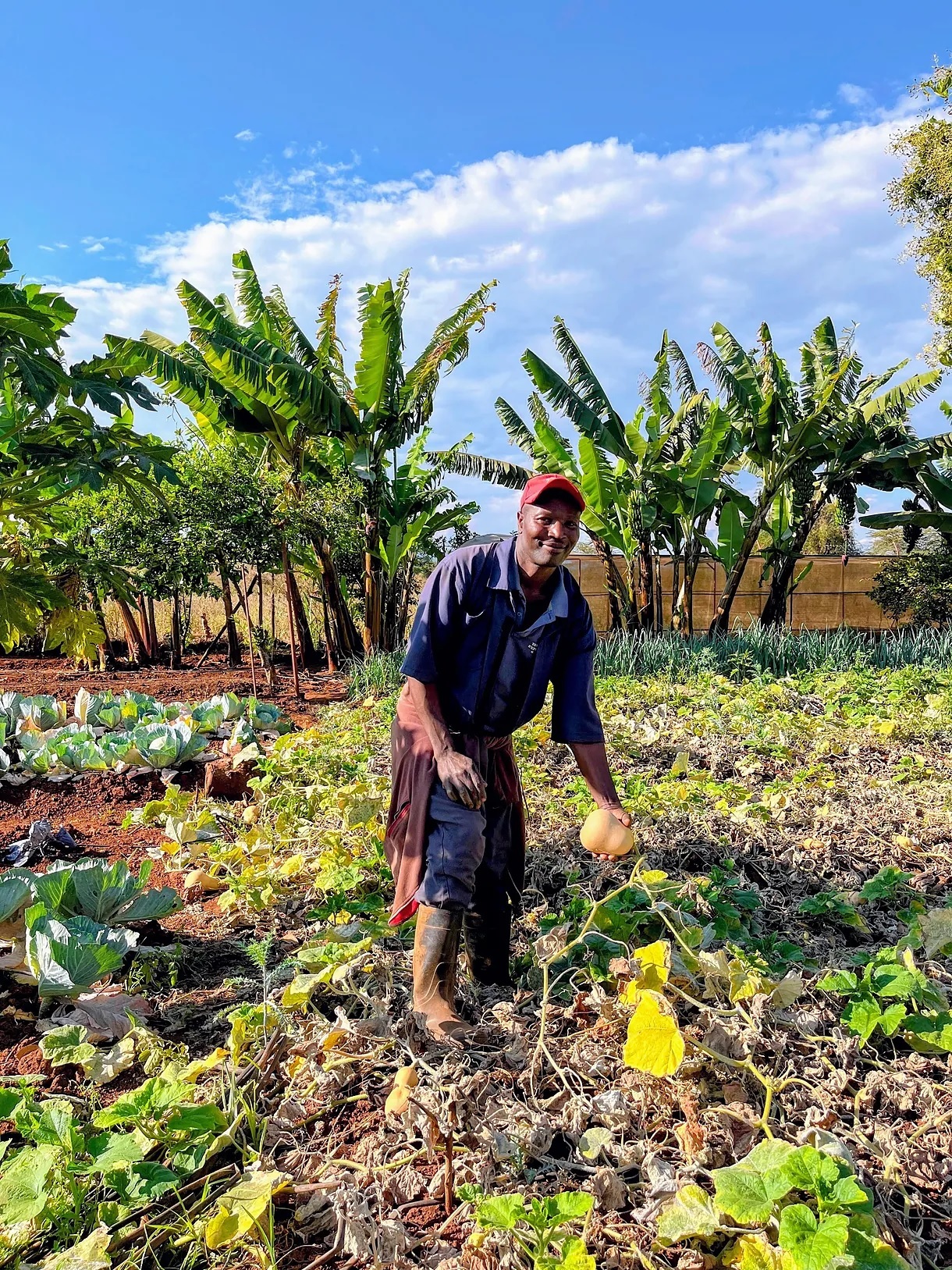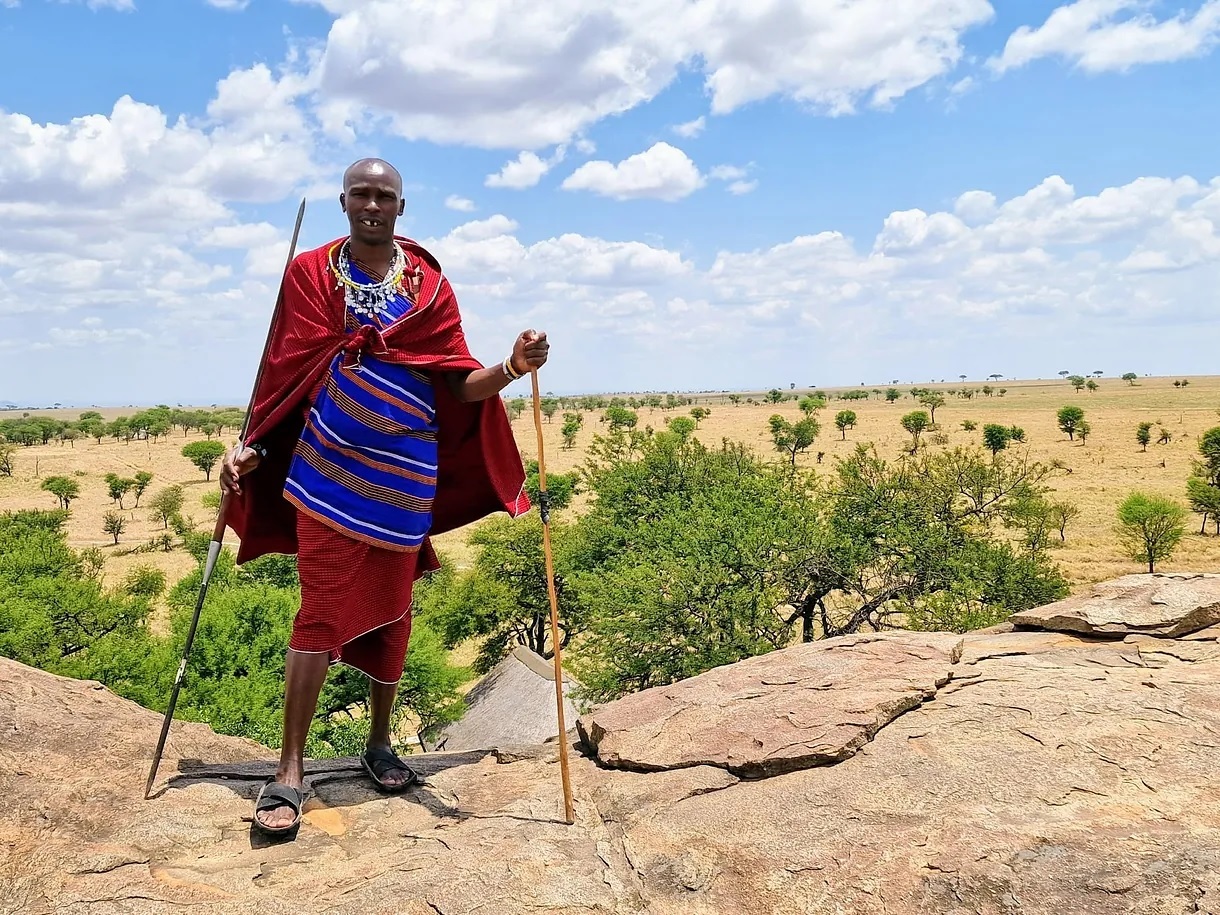It doesn't pollute and is so silent that it doesn't disturb wild animals. The idea of going on a safari in a vehicle with a completely electric engine seems green and promising. But if in Europe we have difficulties recharging these types of cars, what about in such inhospitable and vast places like the African savannah? And yet, surprisingly, the electric (and electrifying) expedition is happening today in Tanzania, the country of the vast plains of the Serengeti, the Ngorongoro volcano crater, the arid land of the Maasai and their herds, the largest concentration of wild beasts on the planet, and the mighty Kilimanjaro.
The mastermind behind this unprecedented safari is a French engineer with over 35 years of experience in the country. Denis Lebouteux, leading Tanganyika Expeditions, aims to reinvent the safari with a fleet of robust off-road vehicles that, when they reach the end of their life on these challenging and dusty roads - and they do reach it - he converts them into electric vehicles, extending their lifespan for many more years. This is what is called retrofitting. For Lebouteux, this is the future of sustainable tourism in Africa.
Of course, the acacias and baobabs that dot these famous national parks do not come with lithium battery chargers. What Tanganyika has, and what the thousands of other safari operators across the continent do not have, is the necessary network of photovoltaic panels to make all this meaningful. They are hidden in the collection of lodges they have built in some of the most emblematic corners of Tanzania's majestic nature.
Grumeti Hills is a good example. This camp, located on the edge of the Serengeti National Park, overlooks a rugged landscape where nature offers its most fascinating spectacle day after day. Here, our guide and driver Julieth Johns, a woman with a wide smile, quickly spots a whole cast of wildebeests, antelopes, and buffaloes among the bushes. Pumbaa, the famous warthog from Disney, appears, along with graceful giraffes. A family of elephants plays hide and seek, and a group of zebras gathers like piano keys to drink from the still-flowing Grumeti River despite it being September, the end of the dry season. We approach.
The electric 4x4 moves in complete silence. Not only are these large vehicles stealthy, but they also do not emit that diesel smell that scares off animals. And so, the king of the jungle appears accompanied by several lionesses, all lounging around. In broad daylight, they move as little as possible seeking shade. Then night falls - almost everything happens at night - and the story changes. That's why at Grumeti Hills, when the stars come out, so does the traveler to experience a nighttime safari. The night vision binoculars add excitement, but no gadget surpasses Julieth's eyes in spotting wildlife.
Upon returning, the roar of the lion and the trumpeting of the elephant can be heard from the tent. Quite a luxury. The beds, with essential mosquito nets, are comfortable. There are safari chairs, a hot shower... Once again, another luxury. In the main lodge, there is even wifi. Thanks to its solar panels and batteries, "Grumeti Hills has autonomy to operate for two days without generators," explains Abubakari Mruma, Tanganyika Expeditions' electrical technician. We are not only talking about light and hot water thermoses, but also about the laundry and carpentry machines (they make the furniture themselves). And, of course, they also power the off-road vehicles. The electric fleet currently consists of 17 electric vehicles. "Next year, I would like to reach 25," Lebouteux points out while showcasing all this ecological setup that unexpectedly appears amidst the bushes. The camp also has a system to collect and purify rainwater that we will drink from aluminum bottles throughout the safari. There are no plastics here. The question that arises is why doesn't everyone do this. "Because it's risky. I like risks. But the people of Tanzania are not scared of these complexities. They face them."
And another question: Can an electric car cross the Serengeti? We find out the next day. Because one thing is to go on safari around the lodge and another is the vast plains... The famous setting of the great migration, the king of Tanzania's parks, covers 13,000 km2. It is true that we will only cross a small part. In reality, the limit is set by the engine, and our 4x4 has a maximum range of 250 km. The adventure begins.
On the way, we see how other vehicles look at the electric one with distrust and disbelief, but the expedition, although slower, reaches its first destination, Togoro Plains, without any issues. This is an amazing camp built among kopjes, the enigmatic rocks that dot the savannah, where lions lie in the heat of the stone. A ranger and a Maasai, armed with a shotgun and a spear, respectively, accompany the traveler at all times from their tent to the lodge and from the lodge to the pool... Welcome to Africa.
We want to stay, but the journey continues. Without avoiding a single pothole for hours, or so it seems, and constantly glimpsing animals, the expected sign appears: Ngorongoro Conservation Area. We are close to the Olduvai Gorge, the cradle of Humanity, and the Olduvai Camp is where the expedition recharges under a bright blanket of stars. The night is short. Lebouteux sounds the reveille at dawn. "Today we will cover about 170 kilometers," he explains as the car slowly advances towards the famous volcano already on the horizon.
The Ngorongoro Crater is one of the natural wonders of the continent, a spectacular caldera where nearly 30,000 animals live. But to explore this Eden, one must first climb and then descend a 600-meter-high wall. "It's the first time it's been done in an electric car. We are the guinea pigs," says the Frenchman who, at 70 years old, seems to retain the same enthusiasm as when he arrived on the continent in the 1980s.
The Big Five (lion, leopard, rhinoceros, elephant, and buffalo) abound in Ngorongoro, although at this time of year, the rhinoceros is more elusive. There is always water in the crater, and the soil is fertile. What more could the herds of buffaloes, zebras, wildebeests, etc., want, and what more could the predators that stalk them want for their feast. There are also countless birds... And off-road vehicles that, at the end of the day, climb back up to the crater rim, leaving behind a paradise that we would all like to bring our loved ones to.
The warrior's rest (and his electric land cruiser) will come a few kilometers later in an unexpected place, like so many others in the northern part of the country. Bashay Rift Lodge, in the heart of the fertile Karatu area, paints another picture of sustainable tourism. Surrounded by vegetation and a coffee plantation, it is impossible not to think of an African farm and, why not, of Baroness Karen Blixen and the charming Denys Finch Hatton from Out of Africa.
There is no wild fauna, but there is a delightful pool and a special house mojito. In addition to resting, the traveler can visit the organic orchards that supply this and other hotels, and the nursery that has been used to plant around 30,000 trees. It's not the only thing they have planted: at the nearby school —another Lebouteux project—, students fill a huge rhinoceros with plastic bottles they find on their way to class every day. A sign says, "We keep our village clean."


